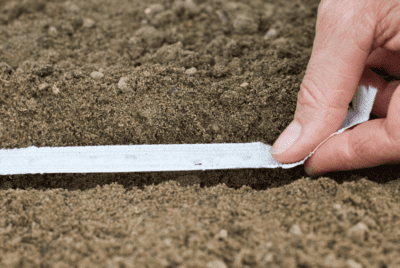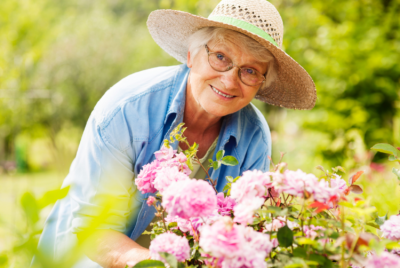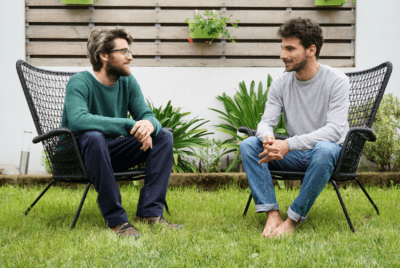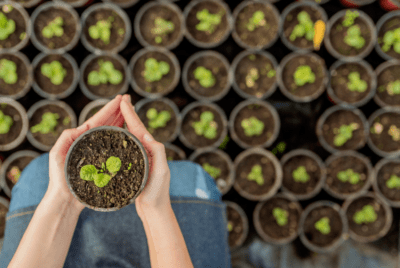RESEARCH
Research on Therapeutic Garden Design for Community Horticulture Based on Sensory Experience Needs
Summary
This study investigated how to design community gardens that can help people feel better by focusing on what they like to see, hear, smell, touch, and taste. Researchers used questionnaires to ask people of different ages (children, teenagers, adults, and seniors) about their favorite garden features and activities. They handed out 256 questionnaires in parks and online and got 244 usable responses. The goal was to understand what kind of garden would help people relax and reduce stress. Based on what people said they liked, the researchers wanted to create a plan for community gardens that uses plants and gardening activities to improve people’s well-being.
The study found that most people think plant color affects their mood, and they generally find green, white, and blue flowers most calming. When in a garden, most people preferred a quiet environment. The favorite smells were flowers and the scent of the forest, although preferences varied slightly between age groups. People also indicated they liked touching plants with fleshy leaves and preferred fruit-bearing plants in edible gardens. As for activities, planting flowers was the most popular, followed by flower arranging and making small bouquets.







